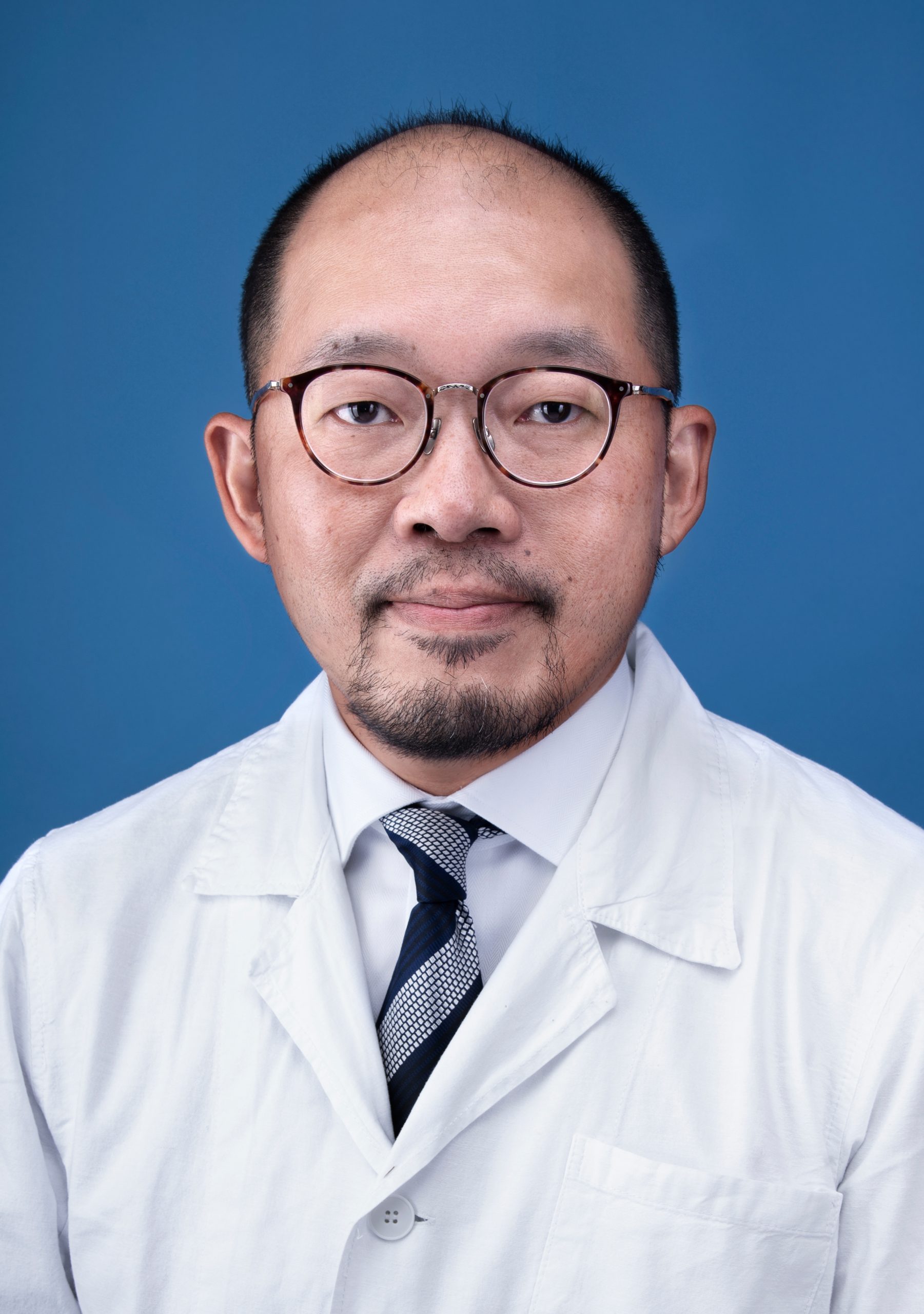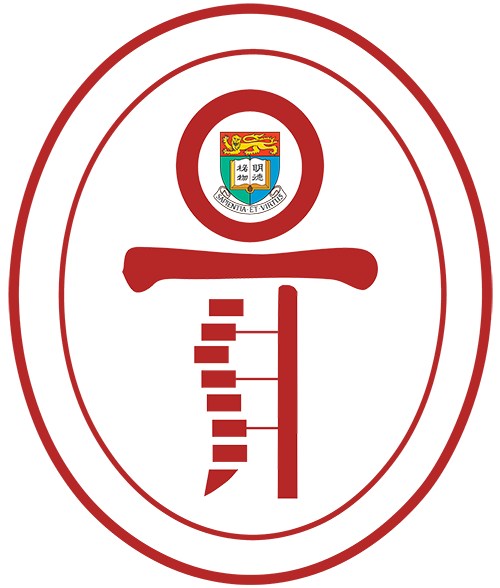Biography

LAU, Tak-Wing
MBBS(HK), FRCS(Edin), FHKCOS, FHKAM(Ortho)
Chief of Service, Department of Orthpaedics and Traumatology, Queen Mary hospital
Consultant, Department of Orthpaedics and Traumatology, Queen Mary hospital
Honorary Associate Professor, The University of Hong Kong
Division chief, Division of General Orthopaedics
Contact email
Biography
Dr. Lau, Tak-wing joined the Department of Orthopaedics and Traumatology in Queen Mary Hospital, Hong Kong since 1995 after he graduated from the University of Hong Kong. Since then, he has been working for the development of his interest in trauma surgeries and fracture management, especially in fragility fractures management. He received his orthopaedic specialist fellowship in 2005. He is also the Chairperson of the AO trauma Asia Pacific Hong Kong chapter since 2010 and AO Trustee from 2012 to 2017. He has been the consultant in the Department and Honorary clinical associate professor in the University since 2018. He is currently the chief of the Division of General Orthopaedics.
His first part of his professional career included minimally invasive surgeries and development of new techniques in fracture management. In the last decade, his work focused more on osteoporotic fracture treatment and management. The geriatric hip fracture critical clinical pathway was first founded under his leadership in 2007. Being the clinical champion, he led the team receiving the Outstanding team award in Hong Kong West cluster in 2008 and 2010. The team also received the best poster presentation in the Hong Kong Hospital Authority Convention 2008. He later received the Outstanding staff award of Hong Kong west cluster in 2017.
Besides clinical aspect, Dr. Lau is also active in research and education. He published over 50 papers relating to minimal invasive trauma surgeries, geriatric fracture management and clinical outcomes assessment of hip fractures. He received 2 times best paper awards in AOTrauma Asia Pacific Scientific Congress in 2012 and 2014. He was also the co-authors of various textbooks and online education, e.g. AO manual of Fracture Management: Elbow and Forearm, AO hand book: Orthopaedic Trauma Care and also the Mastering Orthopaedic Techniques: Intra-articular fractures, Periprosthetic fracture management etc.
Recently, he put his focus to a more challenging field, musculoskeletal infection. A working group, including various professions: microbiologists, infection nurse specialist, community nurses, physiotherapists and occupational therapists, was formed aiming to improve the management of infection in musculoskeletal system as well as infective complications in hip fracture and other post-surgery patients.
Representative publications
- Minimally invasive plate osteosynthesis in the treatment of proximal humeral fracture; Lau TW, Leung F, Chan CF, Chow SP, Int Orthop. 2007; 31: 657-664
- Wound complication of minimally invasive plate osteosynthesis in distal tibial fracture; Lau TW, Leung F, Chan CF, Chow SP, Int Orthop. 2008 Oct;32(5):697-703.
- Application of Minimally Invasive Locking Compression Plate in the treatment of proximal humeral fractures. Lau TW, Leung F, Lu YG, Chinese Journal of Reparative and Reconstructive Surgery 2009:23(11):1282-84
- Occult posterior pelvic ring fractures in elderly patients with osteoporotic pubic rami fractures. Lau TW, Leung F, Journal of Orthopaedic Surgery 2010;18(2):153-7
- Geriatric hip fracture clinical pathway: the Hong Kong experience. Lau TW, Leung F, Siu D, Wong G, Luk KD, Osteoporos Int. 2010 Dec; 21(Suppl 4):S573-7.
- The Effectiveness of a Geriatric Hip Fracture Clinical Pathway in Reducing Hospital and Rehabilitation Length of Stay and Improving Short Term Mortality Rates. Lau TW, Fang C, Leung F. Geriatric Orthopaedic Surgery & Rehabilitation, 2013 Mar; 4(1):3-9
- The effectiveness of a multidisciplinary hip fracture care model in improving the clinical outcome and the average cost of manpower. Lau TW, Fang C, Leung F. Osteoporosis International 2017 Mar;28(3):791-798.
- Assessment of postoperative short-term and long-term mortality risk in Chinese geriatric patients for hip fracture using the Charlson comorbidity score. Lau TW, Fang C, Leung F. Hong Kong Med J. 2016 Feb;22(1):16-22

